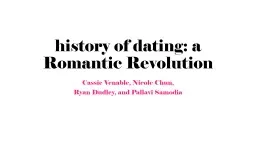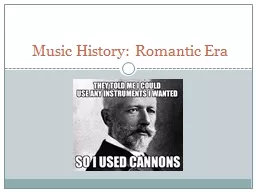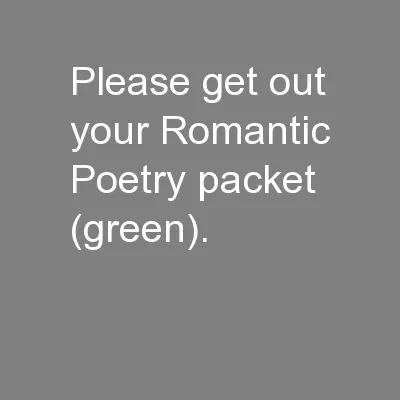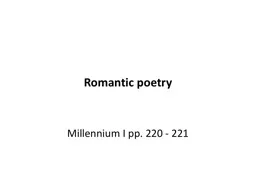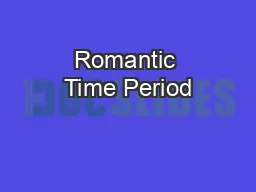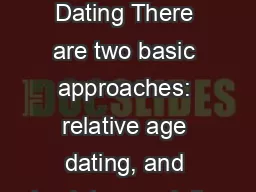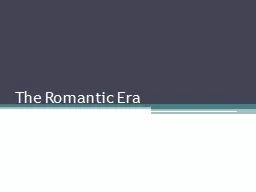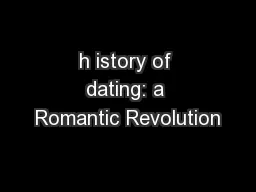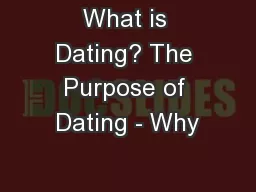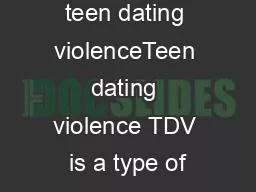PPT-h istory of dating: a Romantic Revolution
Author : lindy-dunigan | Published Date : 2019-03-04
Cassie Venable Nicole Chun Ryan Dudley and Pallavi Samodia There have been two major transitions in heterosexual mating in the last four million years The
Presentation Embed Code
Download Presentation
Download Presentation The PPT/PDF document "h istory of dating: a Romantic Revolutio..." is the property of its rightful owner. Permission is granted to download and print the materials on this website for personal, non-commercial use only, and to display it on your personal computer provided you do not modify the materials and that you retain all copyright notices contained in the materials. By downloading content from our website, you accept the terms of this agreement.
h istory of dating: a Romantic Revolution: Transcript
Download Rules Of Document
"h istory of dating: a Romantic Revolution"The content belongs to its owner. You may download and print it for personal use, without modification, and keep all copyright notices. By downloading, you agree to these terms.
Related Documents

